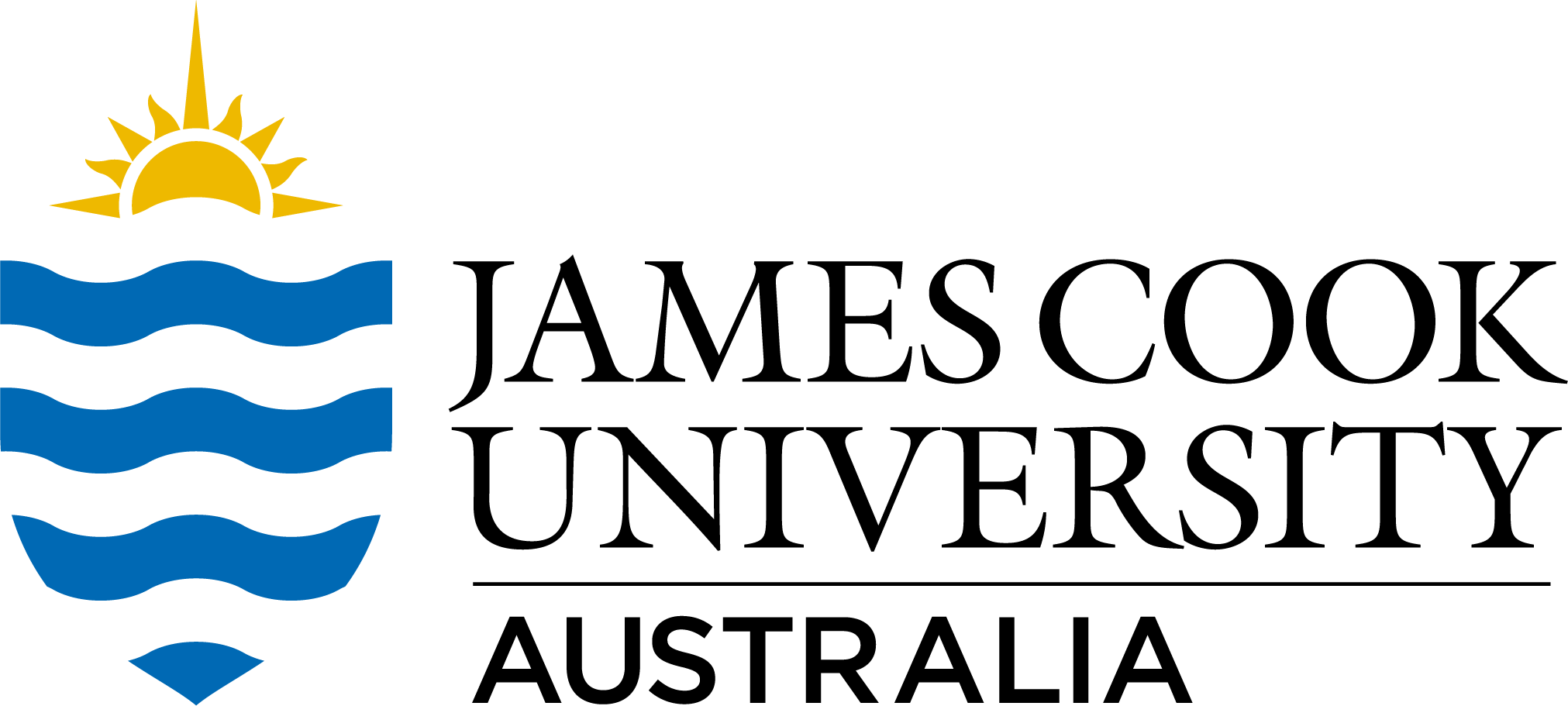Full description
Background:
This study presents morphotaxon-specific conversion metrics to estimate total 3D surface area and projected 2D surface area of coral colonies from simple field measurements of colony maximum diameter. Underwater photogrammetry techniques were used to quantify surface area and estimate conversion metrics. This study presents a highly resolved and efficient method for obtaining critical surface area assessments of corals for any scale of study, including assessments of biotic surface area, tissue biomass, calcification rates, colony growth and reef restoration monitoring.
This data set contains:
1 MS Excel file (.xlsx) (also available in .ods) containing data on 159 coral colonies modelled during this study. Data on 'field measurement' and 'genus' for each colony were collected in the field by identifying corals to genus in situ and measuring each colony's maximum diameter using a tape measurement. Associated '2D surface area' and '3D surface area' data was extracted after 3D photogrammetry models were built (structure from motion photogrammetry) in Agisoft Metashape software and surface area data was extracted using Tools. This raw data was later analysed in R to produce conversion metrics, full details are described in the manuscript.
--//--
Software/equipment used to create/collect the data: Coral colonies were measured in situ with tape measure to collect 'Field measurement'. Corals were identified to taxa and later grouped by 'morphotaxa'. Gopro Hero 11 Black cameras were used to collect close-range imagery of individual colonies for 3D modelling, following Structure from motion techniques (SfM) techniques described by Ferrari et al (2017) but using 4k video converted to .jpeg. Custom-built scaling objects (Agisoft Metashape coded targets, 12bit, inverted, 20% of full size, target centres 60 mm apart) were incorporated into the scene.
Software/equipment used to manipulate/analyse the data: Agisoft Metashape v 1.7.6 software was used for processing of videos and model building. Models were cropped to remove all extraneous mesh. 2D and 3D surface area metrics of the coral colonies were extracted from model software using Tools.
All statistical models were performed in R version 4.3.1 42 via the ‘brms’ package. Other R packages used in this project include: 'emmeans' package, 'tidybayes' package, 'DHARMa' package.
Created: 2024-09-18
Data time period: 11 2023 to 11 12 2023
dcmiPoint: east=145.452273; north=-14.647701; projection=WGS84
text: Lizard Island
User Contributed Tags
Login to tag this record with meaningful keywords to make it easier to discover
- DOI : 10.25903/M2AP-4P06

- Local : researchdata.jcu.edu.au//published/4b2a4c501ce011efb1c8e3292e389428


